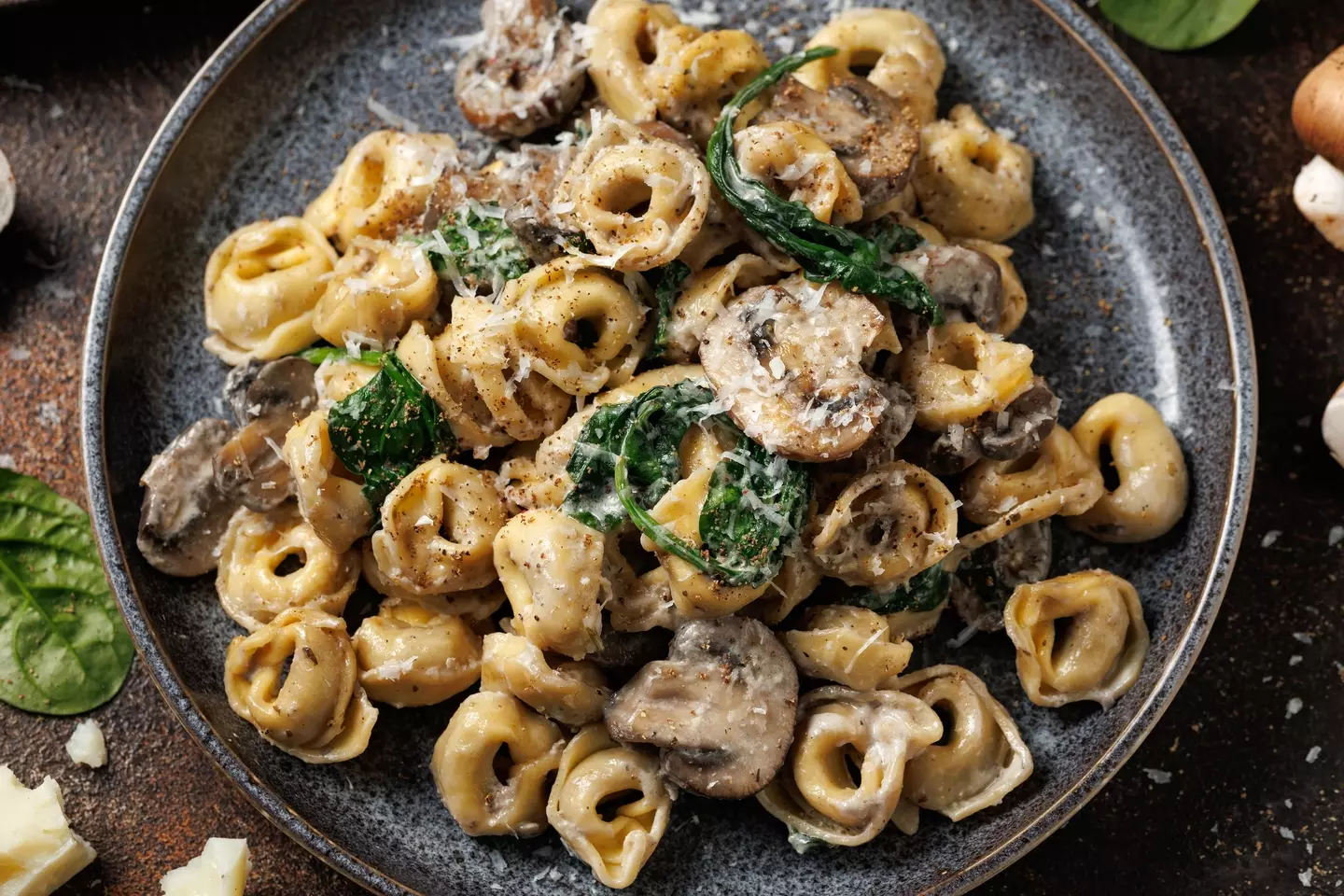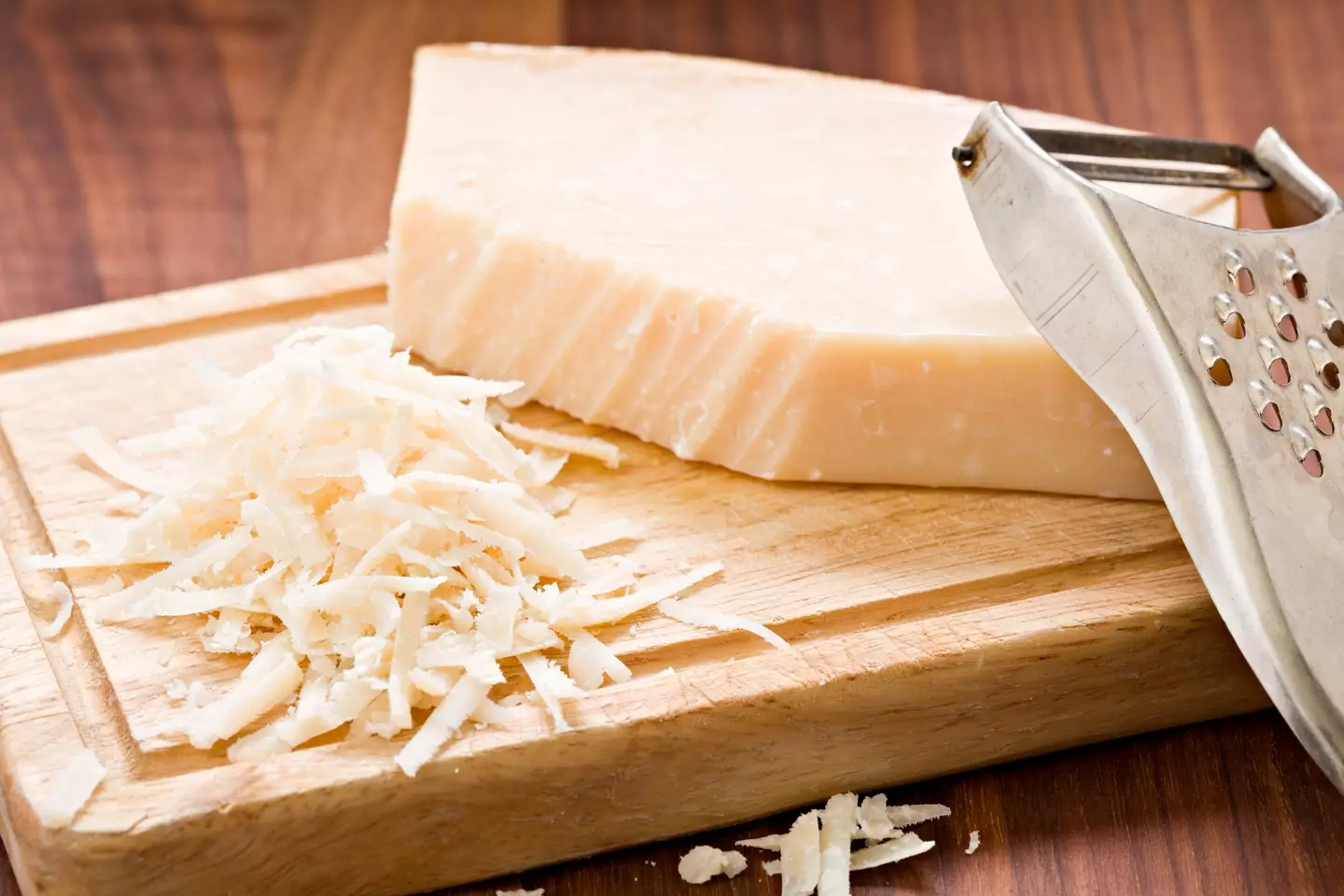
Parmesan is a miracle cheese, elevating even the saddest university halls pasta dish to fine cuisine.
As garnishes go, it’s surely not far behind salt and pepper in terms of versatility and the relative enhancement is gives a dish.
It’s no wonder that it’s a very well-protected product.

It's not the only foodstuff to carry this kind of stipulation. You might have heard that champagne can only be sold under that name if it originated in the Champagne region of France. If not, it’s just sparkling wine.
Advert
Despite being a popular ingredient that’s clearly a point of significant pride – and rightly so – in some regions of Italy, the process behind it makes for some fun but lesser-known trivia.
Parmesan is made with unpasteurised cow’s milk as a base. Whey is added, which is the liquid left behind when milk is curdled and strained.
The mixture is heated, and that’s when a particularly gross ingredient gets added: calf rennet.
And what, pray tell, is calf rennet?
Advert
Well, it’s a collection of enzymes that baby cows produce in their guts.
It’s one of the world’s most popular cheeses, so much so that a vegetarian-friendly alternative is regularly stocked alongside it.
If you’re vegetarian or vegan and your Quorn bolognese is missing a little something-something, pecorino is a great parmesan alternative that won’t fall foul of any non-meat-eating dietary requirements.

Advert
Some social media users have shared their thoughts upon discovering that calf rennet features in parmesan, with many finding it difficult to bear.
"Just found out that Parmesan has calf enzyme in it, uh,” said one X user. “And they have to kill the calf to extract it too. It's so bad like it's not even necessary to add that in." This one missed the memo that the rennet is a by-product rather than the reason for the calf’s slaughter, but that might prove to be little comfort.
"Parmesan is made from calf rennet,” said another user. “At what point is it OK to kill baby animals and use their enzymes for the little bit of cheese on your dough."
As always, various meat-free dietary models are available.
Topics: Social Media
